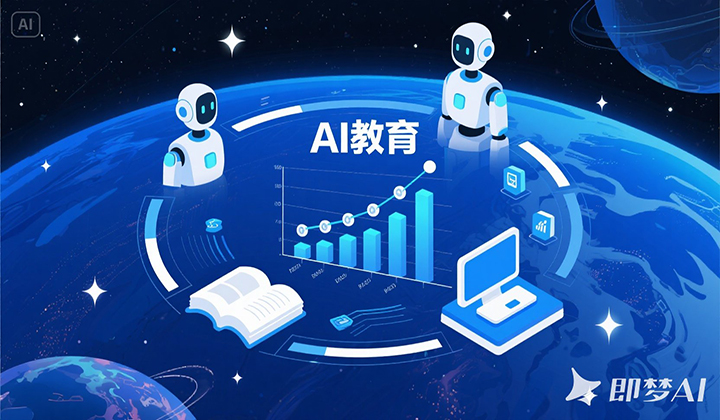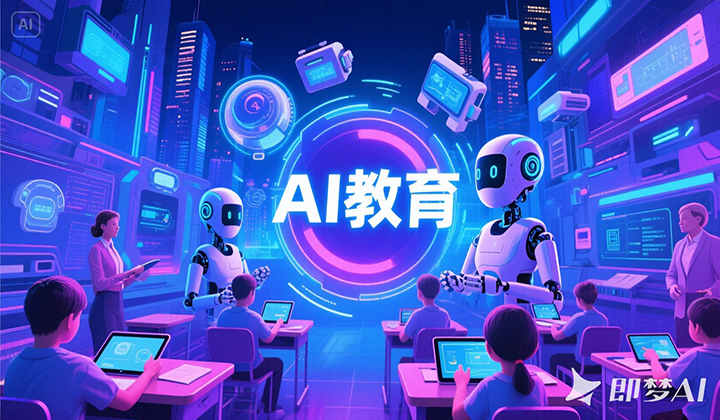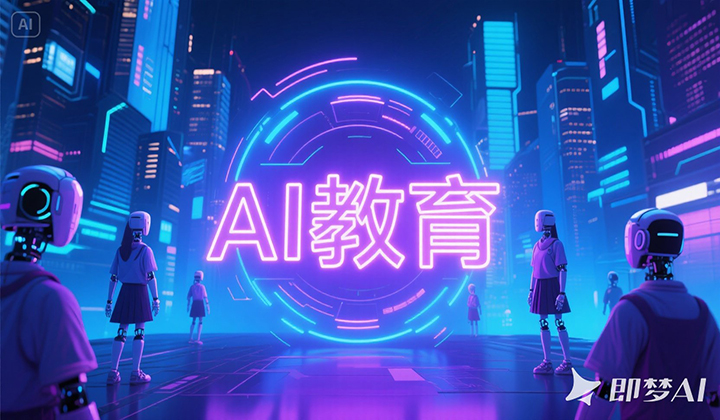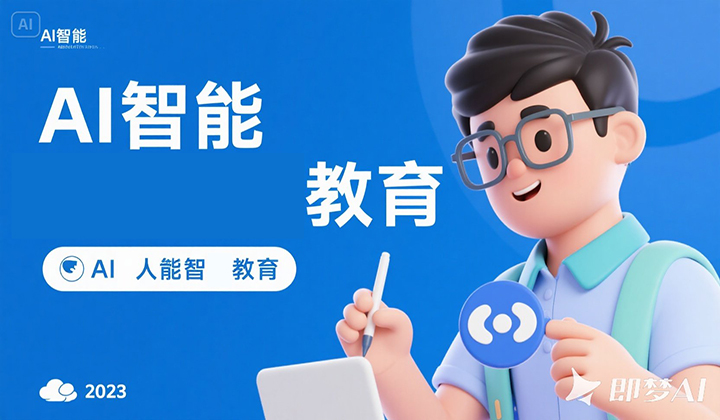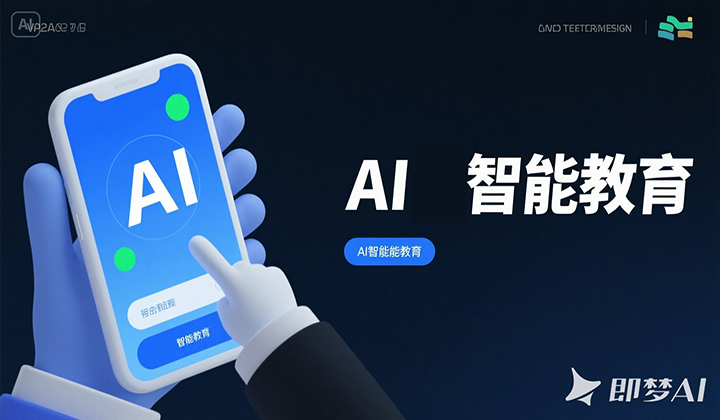The Future of Education: Embracing AI in Learning
小薇 2025-05-20
Artificial Intelligence (AI) has revolutionized countless industries, and education is no exception.
The Future of Education: Embracing AI in Learning
Artificial Intelligence (AI) has revolutionized countless industries, and education is no exception. As we stand on the brink of a new era in learning, it's crucial to explore how AI can enhance traditional educational methods, creating a more dynamic, personalized, and effective learning environment for students worldwide.Personalized Learning: Tailoring Education to Individual Needs
One of the most significant advantages of integrating AI into education is the ability to create personalized learning experiences. Traditional classrooms often follow a one-size-fits-all approach, which may not cater to every student's unique needs. With AI, educators can analyze vast amounts of data about individual learners, including their strengths, weaknesses, and learning preferences. This information allows for the creation of customized curriculums that adapt to each student's pace and style of learning, ensuring that no learner is left behind.For instance, Sherry, a high school student struggling with algebra, might receive additional exercises and video tutorials tailored specifically to her areas of difficulty. Meanwhile, Tom, who excels in mathematics, could be challenged with advanced problems and concepts beyond the standard curriculum. By leveraging AI, both students can thrive in ways that traditional teaching methods might overlook.Intelligent Tutoring Systems: A Virtual Teaching Assistant
Another groundbreaking application of AI in education is intelligent tutoring systems. These systems use machine learning algorithms to provide real-time feedback and support to students, acting as virtual teaching assistants. They can answer questions, explain complex topics, and even simulate interactive problem-solving sessions, all without the need for human intervention.Imagine Alex, a middle school student preparing for an upcoming science exam. Instead of waiting for office hours or relying solely on textbooks, Alex can access an AI-powered tutor that offers instant clarification on difficult concepts like photosynthesis or Newton’s laws of motion. Such systems not only bridge gaps in understanding but also foster independence and confidence in learners.Automated Assessment and Feedback: Streamlining Evaluation Processes
Grading assignments and providing constructive feedback can be time-consuming for teachers. AI automates these processes by quickly evaluating multiple-choice tests, essays, and even coding projects. Beyond mere scoring, AI tools generate detailed reports highlighting common mistakes, areas of improvement, and overall performance trends.Consider Mrs. Johnson, a busy high school teacher managing several large classes. By using AI-driven assessment tools, she saves valuable time previously spent grading papers manually. She can now focus more on lesson planning, engaging activities, and addressing specific student concerns identified through the AI-generated insights.Immersive Learning Environments: Bringing Concepts to Life
Through AI-powered technologies such as Virtual Reality (VR) and Augmented Reality (AR), abstract or challenging subjects become tangible and relatable. Imagine history lessons where students "visit" ancient civilizations or biology classes where they interact with 3D models of cells and organs. These immersive experiences make learning enjoyable while deepening comprehension.Take Emily, a college student studying anatomy. Rather than memorizing textbook diagrams, she uses AR glasses to visualize the human body layer by layer—muscles, bones, nerves—all in vivid detail. This hands-on approach transforms theoretical knowledge into practical understanding, making education more impactful.Empowering Educators: Professional Development with AI
While AI enhances student learning, it also supports educators in their professional growth. Online platforms powered by AI offer targeted training modules based on a teacher's current skill level and career goals. Additionally, AI helps educators stay updated with the latest pedagogical techniques and technological advancements, equipping them to deliver cutting-edge instruction.For example, Mr. Thompson, a veteran math teacher, might participate in an AI-curated workshop focused on incorporating gamification into his classroom practices. Such opportunities ensure that educators remain inspired and equipped to meet evolving educational demands.Data-Driven Decision Making: Enhancing Institutional Effectiveness
At the institutional level, AI facilitates data-driven decision-making. Administrators can utilize predictive analytics to forecast enrollment trends, optimize resource allocation, and identify at-risk students requiring additional support. Moreover, AI ensures compliance with educational standards and regulations by continuously monitoring and reporting relevant metrics.Suppose a university wants to improve retention rates among first-year students. An AI system could analyze historical data to pinpoint factors contributing to dropout tendencies, enabling administrators to implement proactive measures such as mentorship programs or financial aid adjustments.Building Collaborative Communities: Bridging Geographical Barriers
Finally, AI fosters global collaboration by connecting learners and educators across continents. Through AI-enhanced communication platforms, students from diverse backgrounds can engage in meaningful discussions, share perspectives, and work together on joint projects. This intercultural exchange enriches the learning experience, promoting empathy, tolerance, and mutual respect.Envision Liam from Canada collaborating with Zara from India on a climate change project via an AI-supported platform. Despite being thousands of miles apart, they seamlessly communicate, brainstorm ideas, and present findings thanks to translation and collaboration tools enabled by AI.As demonstrated, AI holds immense potential to reshape the landscape of education. By embracing its capabilities, we can create inclusive, adaptive, and forward-thinking learning ecosystems that prepare today's students for tomorrow's challenges. Whether through personalized learning paths, intelligent tutoring systems, or immersive environments, AI empowers both educators and learners to achieve greater heights. Let us harness this transformative technology responsibly and collaboratively, paving the way for a brighter educational future.







